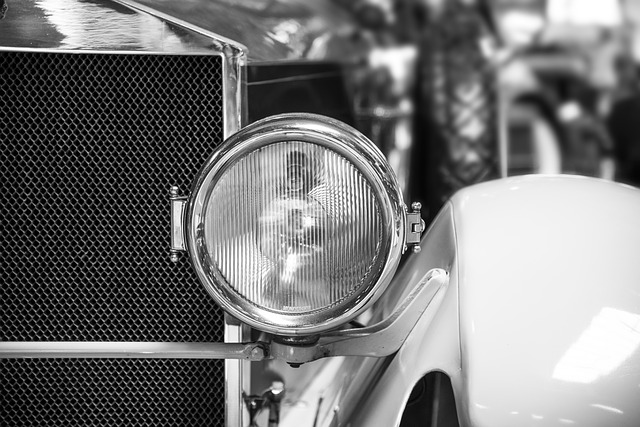
Part of the Mitsubishi business conglomerate, Mitsubishi Motors has earned its place on the Japanese and international car market. The company’s history starts sometime in 1917, when the first Mitsubishi model, a seven-seater sedan based on the Fiat Tipo 3, rolls off the assembly line. Not very successful, production was discontinued after just 22 models were built. True production begins after the merger of Mitsubishi Shipbuilding and Mitsubishi Aircraft Co. in 1934. Concentrated on building aircraft, ships, and railroad cars, the company found time to make a prototype sedan in 1937 which it called the PX33. Sadly, it was mainly for military use as the war approached.
Mitsubishi History
Only after the war did the company really got into car production with a small three-vehicle vehicle, the Mizushima and a scooter with a funny name, the Silver Pigeon. Then came the split of the former conglomerate, because the conquering Allies did not see with favorable eyes Japan’s industrial development. A decade later, things in Japan were looking up and personal transportation became an issue again as more and more families afforded cars. Enter the Mitsubishi 500, a sedan for the masses, and later the Minica small car and the Colt 1000 in 1963. With sales rising, the remnants of the Mitsubishi conglomerate were united once again in 1970. The next step for the company was to ally itself with a foreign company, Chrysler in this case, which bought 15% of the Mitsubishi, which afforded the Japanese manufacturer the license to sell rebadged Galants as Dodge Colts in the States and as Chrysler Scorpions in Australia. In this way, Mitsubishi was able to raise numbers in production and set up a series of dealerships around Europe. But if for Mitsubishi things were looking up, the same could not be said about its American partner which was forced to sell the Australian manufacturing division in 1980. Two years later, Mitsubishi would enter the American market under its own name with the Tredia sedan, the Cordia and the Starion coupe. The car quota was established at 30,000 vehicles but the Japanese were keen to increase that number and they began a campaign of active advertising. By the end of the 80s, Mitsubishi had achieved 1,5 million units produced worldwide. In order to bypass the strict import regulations and to ease the tensions between the two companies, Mitsubishi and Chrysler founded a new vehicle manufacturing company in Normal, Illinois under the name Diamond-Star Motors which started production in 1987. The models that came out of this plant include the Mitsubishi Eagle, the Eagle Talon and the Plymouth Laser.
In 1988 the company changed its status from being privately owned to public. Mitsubishi industries remained the largest stockholder with 25% of the company, while Chrysler upped its share to 20 %. Later, in 1992, it reduced the equity to just 3% and even sold its interest in Diamond-Star Motors, leaving Mitsubishi as the sole owner. In 1995, Mitsubishi Motors changed its name to the current on from DSM as it was previously known on the American market. Also, it opened up a new North American Manufacturing Division in 2002. In 2000, Mitsubishi sought a new partnership with the newly formed Daimler-Chrysler concern which cost the German-American group $1.9 billion, $200 million less than the original price once the defect cover-up scandal came out. It seems that Mitsubishi had systematically covered up defects in its production cars as far back as 1977, involving anything from failing brakes to faulty clutch systems. When the news was disclosed, the company was forced to recall 163,707 vehicles for free repairs. That, coupled with a economic crisis in the Asian region caused Mitsubishi a loss in profit and even the need to downsize in order to cope with falling demand. A new breed of cars, revitalized models and forward thinking was what brought Mitsubishi back on track. The Mitsubishi i, a small car perfect for the Asian market and the new Lancer and Outlander were enough to put the company back on the market. This lead to the first profitable quarter at Mitsubishi in four year to be declared in 2006.
Remember that before you buy, check the history of the vehicle. You do this by typing the VIN Number Mitsubishi below:
Source: autoevolution.com


 EN
EN  PL
PL  RU
RU  DE
DE  HU
HU  EE
EE  LV
LV  RO
RO  SI
SI  CZ
CZ  LT
LT 